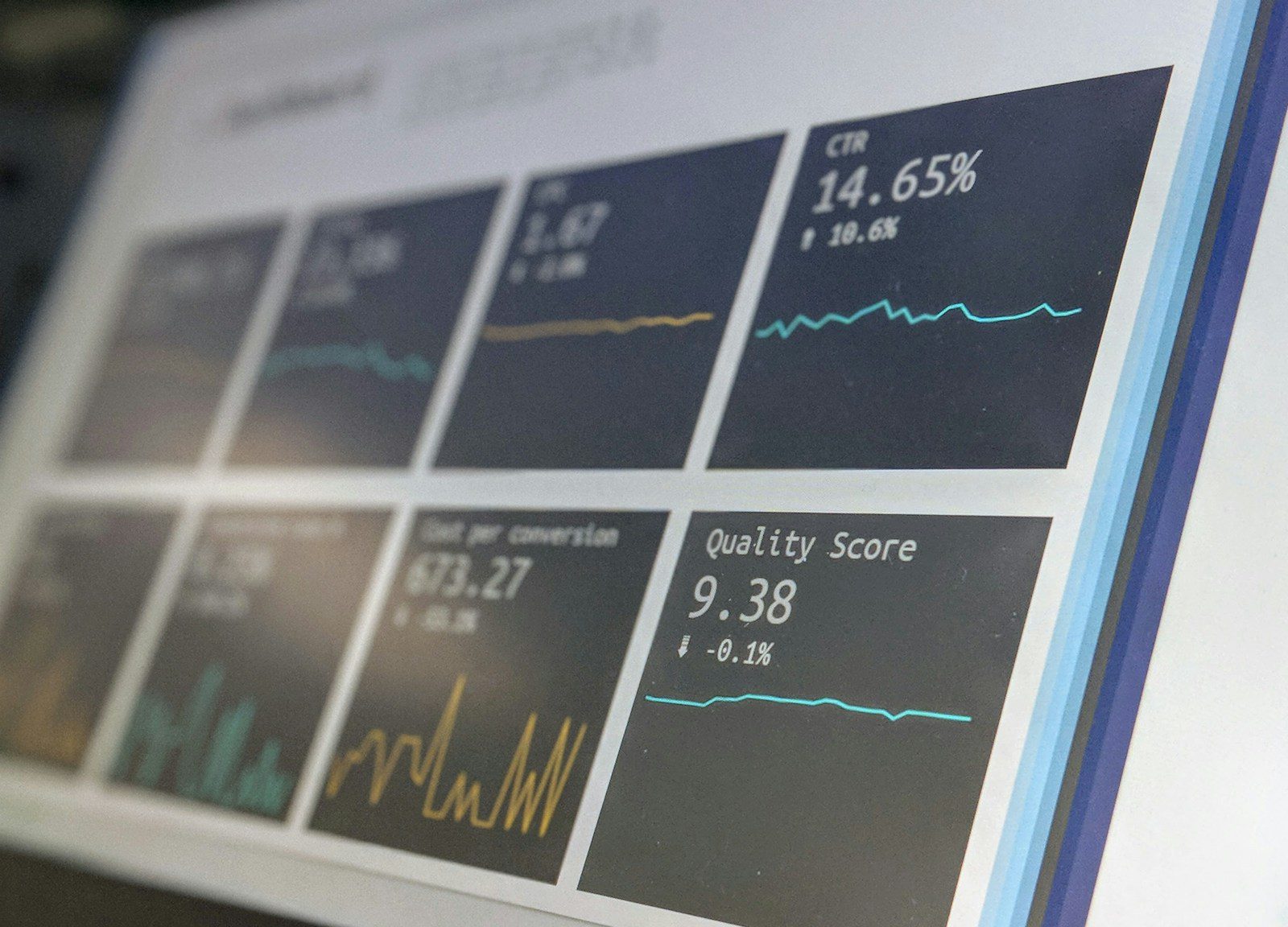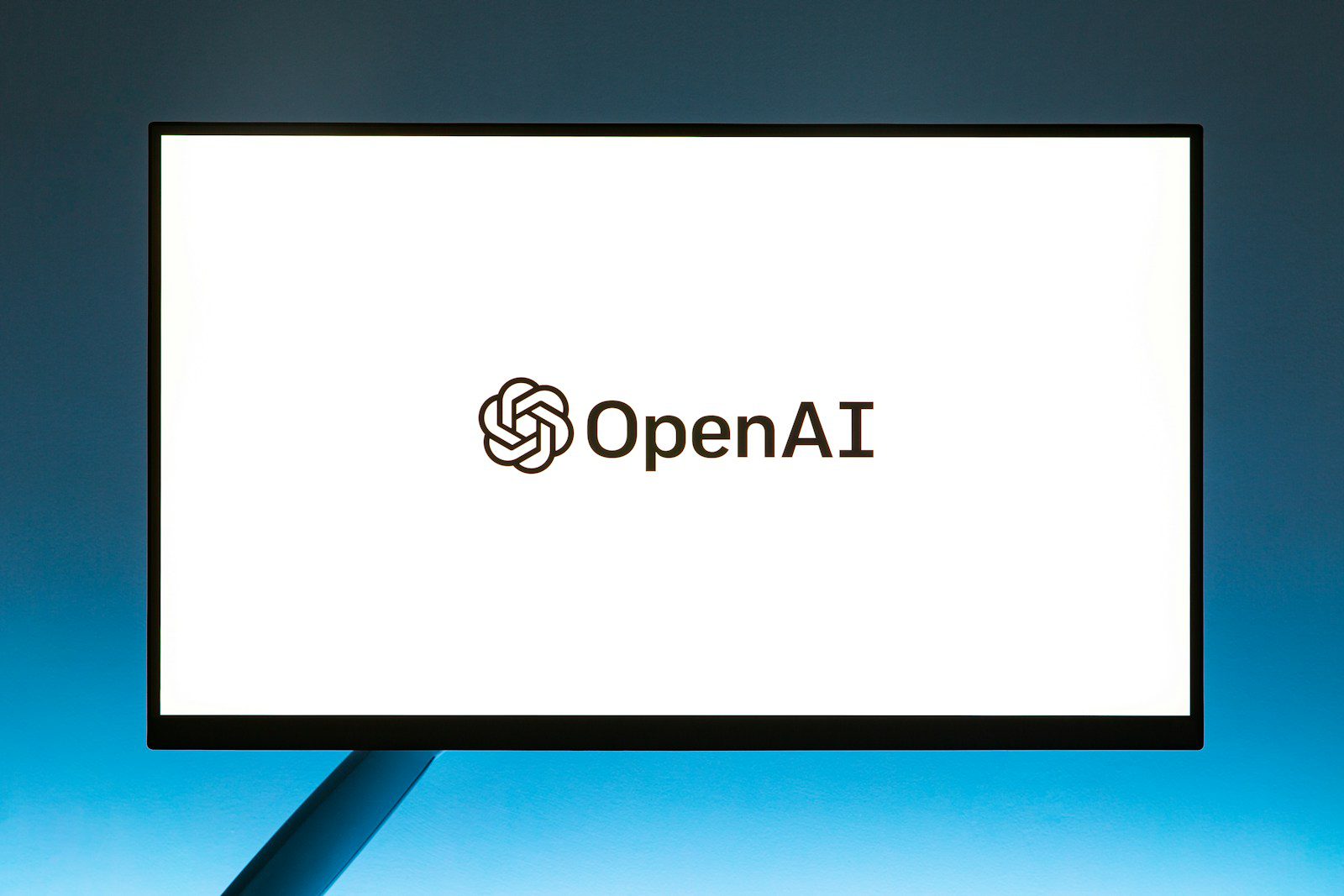
Search engine optimization (SEO) has long been a cornerstone of digital marketing strategies, helping businesses improve their online visibility and attract organic traffic from search engines. In recent years, the integration of artificial intelligence (AI) technology has revolutionized the way content is optimized for search engines. By harnessing the power of AI, businesses can enhance their SEO efforts and stay ahead in the ever-changing landscape of digital marketing. Let’s explore how AI is shaping the future of SEO through content optimization.
Content Creation: AI-powered tools can assist in content creation by generating data-driven insights, identifying relevant keywords, and optimizing content for search engines. By analyzing user intent and search trends, AI algorithms can help marketers create high-quality, relevant, and engaging content that resonates with both users and search engines. This data-driven approach ensures that content is optimized for SEO best practices, leading to improved visibility and ranking in search results.
Natural Language Processing (NLP): AI-powered NLP technology enables search engines to better understand the context and meaning of content, allowing for more accurate indexing and ranking in search results. By leveraging NLP algorithms, businesses can optimize their content for semantic search, voice search, and featured snippets, enhancing their chances of appearing in relevant search queries. This technology helps businesses stay ahead of evolving search algorithms and user behavior trends.
Content Optimization: AI tools can analyze content performance metrics, user engagement data, and competitor insights to recommend optimization strategies. By leveraging AI for content optimization, businesses can identify opportunities to improve keyword targeting, enhance readability, and optimize meta tags and headings for better search visibility. This proactive approach ensures that content is continuously optimized to meet SEO standards and drive organic traffic.
Personalized Recommendations: AI-powered content optimization tools can provide personalized recommendations for content improvements based on user behavior and preferences. By analyzing user interactions with content, AI algorithms can suggest relevant topics, formats, and distribution channels that resonate with target audiences. This personalized approach helps businesses tailor their content strategy to meet the specific needs and interests of their audience, leading to higher engagement and conversions.
Automated SEO Audits: AI-driven SEO audit tools can scan websites for technical SEO issues, content errors, and performance bottlenecks, providing actionable insights for optimization. By automating the SEO auditing process, businesses can identify and address issues that may be impacting their search rankings and visibility. This proactive approach to SEO maintenance ensures that websites are optimized for peak performance and compliance with search engine algorithms.
The future of SEO lies in harnessing AI for content optimization to improve visibility, attract organic traffic, and enhance user engagement. By leveraging AI technology for content creation, NLP, optimization, personalized recommendations, and automated SEO audits, businesses can stay ahead of the curve in the competitive digital landscape. As AI continues to evolve, businesses must adapt their SEO strategies to capitalize on the opportunities that AI-driven content optimization presents for improving search rankings and driving organic traffic to their websites.








